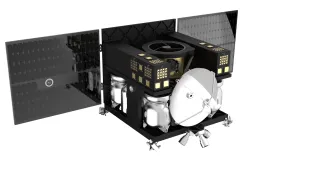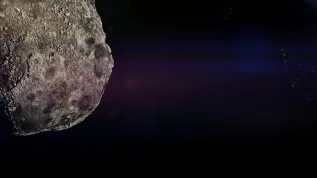
A team of researchers from Jagiellonian University is developing the institution's first scientific satellite, which will carry a space telescope designed to study the origins of water on Earth by observing 50 comets.
The project, part of the HYADES mission, is funded by a European Research Council (ERC) grant awarded to Dr. Michał Drahus’s team from the university’s Faculty of Physics, Astronomy and Applied Computer Science.
The ultraviolet telescope, which will be placed on a small satellite, will focus on detecting hydrogen and deuterium through the Lyman-alpha emission line. By analyzing the ratio of these isotopes in cometary water, scientists hope to determine whether water on Earth has an extraterrestrial origin.
According to Dr. Drahus, in the last 35 years only 12 comets have been studied using similar methods, and the results have remained inconclusive. The HYADES project, he says, plans to observe 50 comets over three years, significantly expanding understanding of the solar system’s early chemistry.
The satellite will also be capable of observing interstellar objects such as 1I/ʻOumuamua, 2I/Borisov, and 3I/ATLAS, offering a rare opportunity to study water from beyond the solar system.
The HYADES instrument is currently undergoing component testing, with a laboratory prototype expected to be completed within a year.
“The next step will be the flight version, with satellite integration and launch planned for 2028,” said Prof. Piotr Orleański, Director of the Space Research Centre at the Polish Academy of Sciences and a professor at Jagiellonian University.
The scientists add that the significance of their work comes at a time of heightened Polish involvement in space exploration.
“While Poland proudly watches its astronaut Sławosz Uznański-Wiśniewski participate in the ISS mission, this project demonstrates how academic research can also lead to groundbreaking contributions in space science and technology,” the university said in a statement.(PAP)
juka/ bar/













